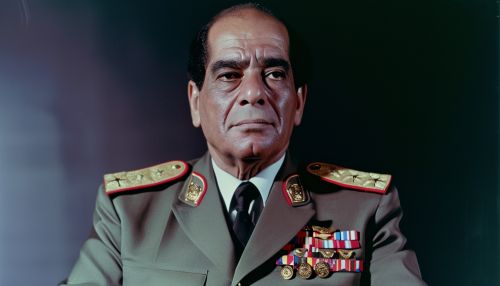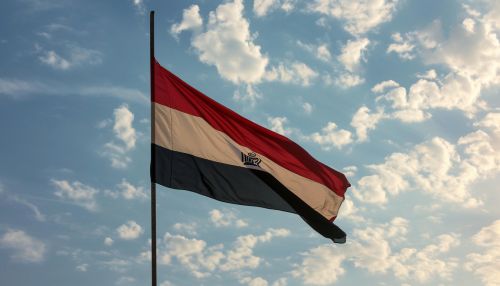Hosni Mubarak
Early Life and Military Career
Hosni Mubarak was born on May 4, 1928, in Kafr-El Meselha, Monufia Governorate, Egypt. He joined the Egyptian Military Academy after high school and graduated in 1949. Mubarak then joined the Air Force Academy and earned his commission as a pilot officer in 1950.


In 1959, Mubarak traveled to the Soviet Union to undergo advanced aviation training at the Frunze Military Academy. Upon his return, he held various command positions in the Egyptian Air Force. In 1967, he served as the Air Force Academy's Director and the Air Force Chief of Staff in 1969.
Rise to Power
Mubarak's political career began when he was appointed as the Vice President of Egypt by President Anwar El Sadat in 1975. He served in this role for six years, during which he undertook many diplomatic missions on behalf of Sadat.
In 1981, following the assassination of Sadat, Mubarak became the President of Egypt. He was sworn in on October 14, 1981, and remained in power for nearly 30 years, making him the longest-serving Egyptian President since Muhammad Ali Pasha.
Presidency
During his presidency, Mubarak faced several challenges, including economic issues, terrorism, and political unrest. Despite these challenges, he implemented several economic reforms that led to significant economic growth in the 2000s.
Mubarak's regime was also marked by a strong stance against Islamic extremism. He survived several assassination attempts, most notably in 1995 during the Organization of African Unity summit in Addis Ababa, Ethiopia.


2011 Egyptian Revolution and Resignation
In January 2011, a wave of protests known as the Egyptian Revolution began, calling for Mubarak's resignation. The protests were fueled by economic issues, police brutality, and the lack of political freedom under Mubarak's regime.
On February 11, 2011, Mubarak resigned from the presidency and handed over power to the Supreme Council of the Armed Forces. His resignation marked the end of his 30-year rule, which was one of the longest in the history of Egypt.
Post-Presidency and Death
After his resignation, Mubarak was put on trial for the deaths of protesters during the revolution. In June 2012, he was found guilty and sentenced to life imprisonment. However, the verdict was overturned in 2013, and a retrial was ordered. In March 2017, Mubarak was acquitted of all charges.
Mubarak died on February 25, 2020, at the age of 91. His death marked the end of an era in Egyptian politics and history.
Legacy
Mubarak's legacy is a topic of debate among scholars and Egyptians. Some view him as a stabilizing figure who maintained peace with Israel and kept Islamic extremism at bay. Others see him as a dictator who suppressed political freedoms and presided over an era of corruption and economic inequality.


